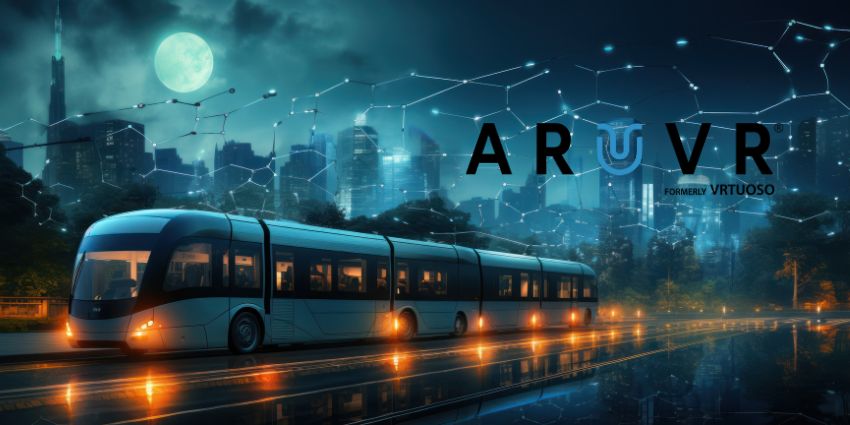The metaverse workplace has made some progressive gains over the last few years, with innovative firms stepping out into new virtual territories. The Metaverse, a unified spatial communications platform, is set to replace the internet as organisations, companies, and individuals progress in its development.
Despite ongoing turmoil within the industry, where many tech giants have abandoned their metaverse and Web3 departments, many continue to innovate the sector. With goals to massively boost learner retention rates, facilitate collaboration, or build key technologies, the Metaverse continues to remain relevant to enterprises.
Defining the Metaverse
The Metaverse will offer shared virtual spaces and combine physical and virtual environments with virtual, augmented, and mixed reality (VR/AR/MR) technologies.
Although many still struggle to define the Metaverse, most agree it will involve multiple emerging technologies. These will include disruptive tools such as Web3, cloud and edge computing, real-time 3D (RT3D) content, gaming engines, 5G, and many others.
Users can also use digital avatars to explore immersive worlds for online shopping, socialising, researching, gaming, and collaborating. Its mostly decentralised, open-source format hopes to empower virtual interactions.
Tech firms are still developing the necessary tools to interact on the Metaverse. Companies such as ENGAGE XR, Spatial, Arthur, NVIDIA, Virbela, Meta Platforms, Pico Interactive, and others have upgraded their solutions to improve platform and digital asset interoperability.
The Value of the Metaverse Workplace
There are a growing number of potential use cases arising for the Metaverse. Numerous firms have created successful platforms aimed at accommodating collaboration and socialisation.
For example, Meta Platforms has leveraged its Horizon Worlds suite of applications in recent months. These will provide immersive worlds where people socialise, play games, attend concerts, and even work simultaneously.
However, new forms of virtual collaboration are rising on platforms such as Varjo Teleport and NVIDIA Omniverse. Digital collaborators in the architectural, engineering, and construction (AEC) space are tapping both companies for serious gaming technologies.
These tools provide unparalleled telepresence, digital twin access, and virtual spaces for prototyping new products. Companies are saving massive amounts of money on travel, materials, communications, and product development.
Prototypes can even test in immersive environments with real-world physics and real-time data analysis, streamlining the entire time-to-market process.
At the enterprise level, Adobe and Autodesk have leveraged impressive cloud-based technologies, providing advanced collaborative tools for the AEC industry. These firms have teamed up with Epic Games and Unity — two of the world’s largest gaming engines.
Professionals no longer need to meet in the exact physical location, but can develop complex components such as aircraft, cars, and buildings with XR tools.
Following Qualcomm’s debut of the Snapdragon AR2 platform, the Metaverse has moved closer to becoming a strong possibility. Future smart glass designers will now have unprecedented processing power and form factor. These will deliver next-generational devices for the XR consumer and enterprise market.
Redefining the Metaverse Workplace
Concluding, the Metaverse is closer to realising its full potential with the entry of new devices, solutions, and platforms. Greater connectivity and a merger of 5G, cloud and edge computing, and artificial intelligence (AI) will empower future solutions. Telecoms are key to achieving such goals.
Latency and connectivity problems will fade as firms and business-level customers enjoy smaller devices. Telecoms will also process data at the edge of networks, offloading computing stress from devices to telecoms infrastructure. This will allow component designers to process data with greater battery life, cooler operating temperatures, and faster computing times.
Businesses will also enjoy multiple benefits of such improved connectivity as they can access massive catalogues of data on-demand. Employers will also leverage remote guidance tools connected across brands. This will allow a more diverse number of interoperable solutions to meet specified key points indicators (KPIs).
Over time, the Metaverse will converge with greater interoperability and industry-level standards. As a community, such efforts will bring the Metaverse from an idealistic dream to a tangible (virtual) reality.







